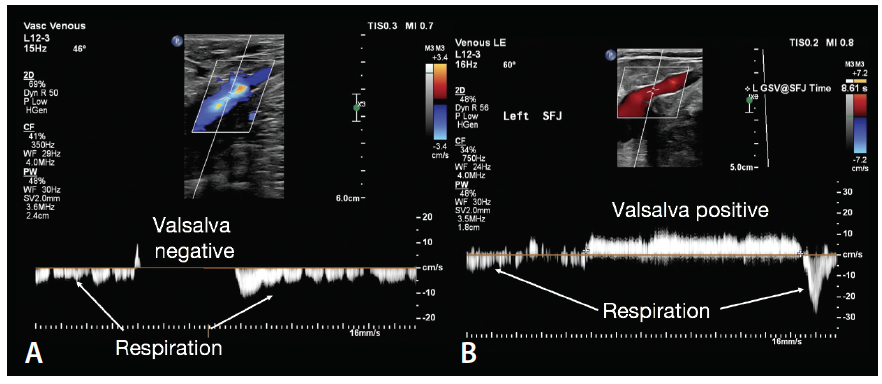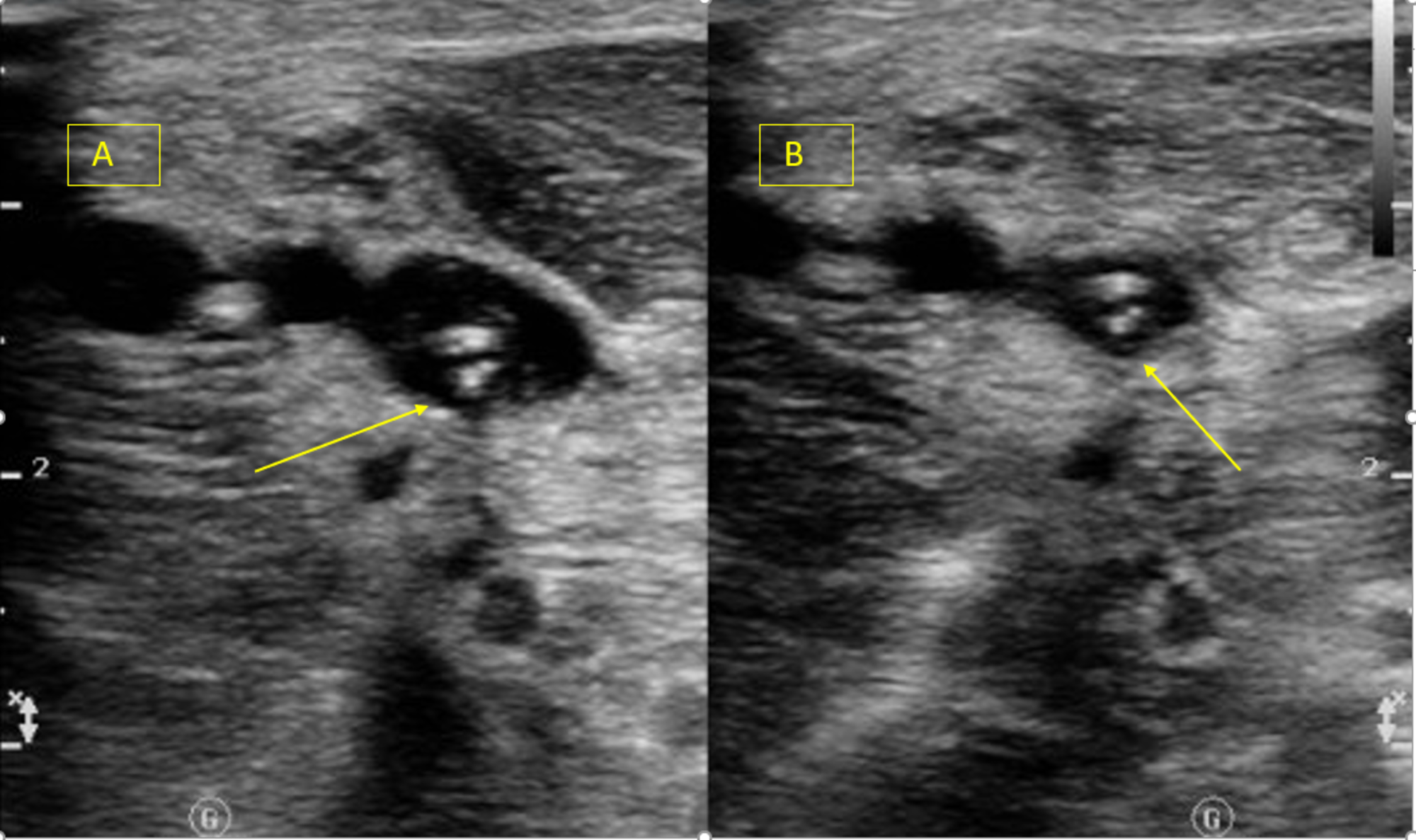

Ultrasound machines consist of a computer console, video monitor and an attached transducer. increased blood flow, which may be a sign of infection.reduced or absent blood flow to various organs, such as the testes or ovary.tumors and congenital vascular malformations.blockages to blood flow (such as clots).In some instances, a clot can suddenly form in the arm due to compression of the vein at the inlet of the chest or in the left leg due to compression of the vein on the left side by an artery in the abdomen.ĭoppler ultrasound helps the doctor to see and evaluate:

If a line is placed in a vein of the legs or arms, there is a much higher chance of developing a clot around it due to the smaller vessel size (especially in infants and young children).

What are some common uses of the procedure? It allows the doctor to see and evaluate blood flow through arteries and veins in the body. Venous ultrasound provides pictures of the veins throughout the body.Ī Doppler ultrasound study may be part of a venous ultrasound examination.ĭoppler ultrasound is a special ultrasound technique that evaluates movement of materials in the body. The images can also show blood flowing through blood vessels. Because ultrasound captures images in real-time, it can show the structure and movement of the body's internal organs. Ultrasound exams do not use radiation ( x-rays). A computer uses those sound waves to create an image. The probe collects the sounds that bounce back. High-frequency sound waves travel from the probe through the gel into the body. It uses a small probe called a transducer and gel placed directly on the skin. Ultrasound imaging is also called sonography. It produces pictures of the inside of the body using sound waves. Ultrasound imaging is a noninvasive medical test that helps physicians diagnose and treat medical conditions.


 0 kommentar(er)
0 kommentar(er)
